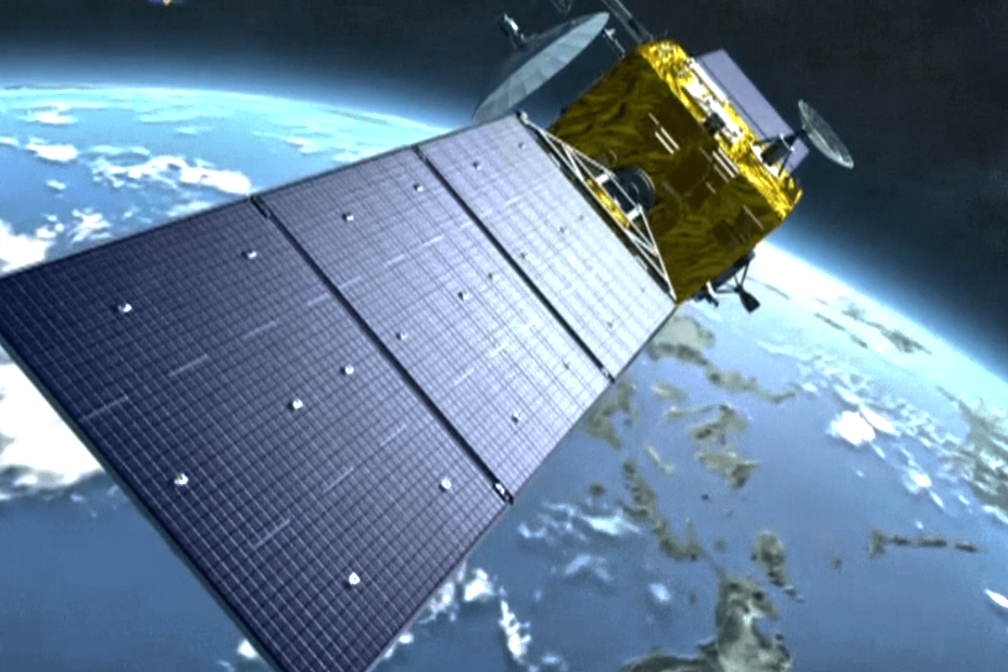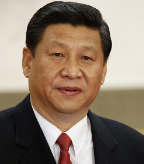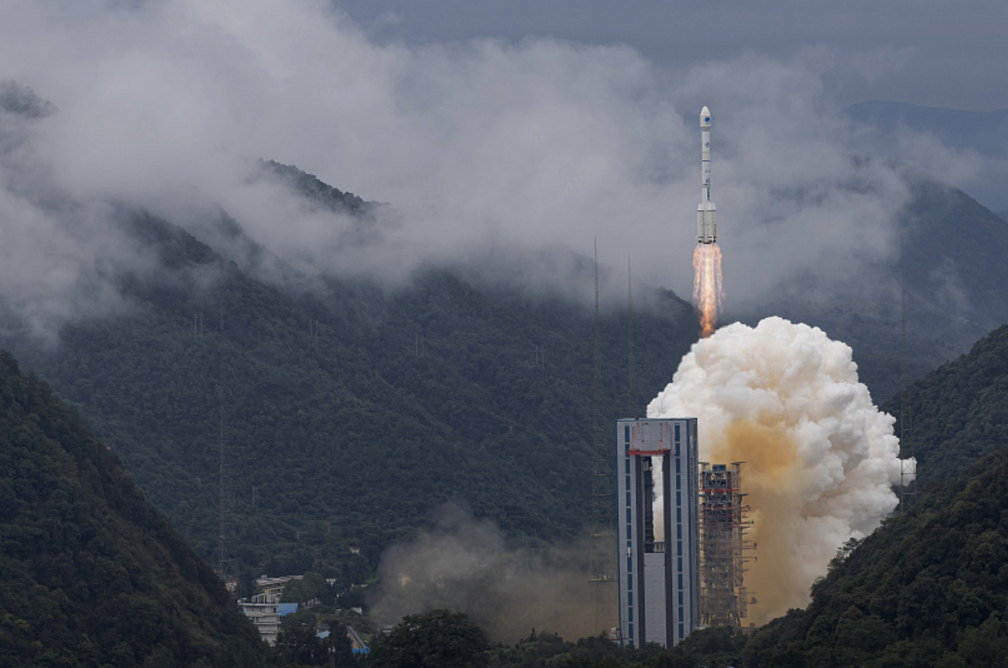
China has formally launched their BeiDou navigation satellite system which is planned to to rival America’s GPS constellation and and provide independent navigation structure for that nation’s military.

Chinese President Xi Jinping attended a ceremony to mark the launch of full global services of the BeiDou-3, official media reported.
The launch marks the completion of China’s domestically developed BeiDou network, one of the four global navigation networks alongside the the GPS (Global Positioning System) of the United States, Russia’s GLONASS and the European Union’s Galileo.
India, as well, is building their own navigational system called the Indian Regional Navigation Satellite System (IRNSS), with an operational name of NAVIC.
Some of the countries such as Pakistan that are closely aligned with China, are also using the BDS. China is also promoting its use in the countries that have signed-up for the mega Belt and Road Initiative (BRI).
“The main advantage of having your own system is the security of access, in the sense that you are not relying on another country to provide it. The US could deny users access over certain areas, for example, in times of conflict,” said Alexandra Stickings from the Royal United Services Institute for Defence and Security Studies. “It could also serve as a back-up if GPS were to go down entirely.”
The chief designer of the BDS, Yang Changfeng, said BeiDou offers accurate positioning, navigation and timing, as well as short messaging communication. The services are used in various fields, including transportation, agriculture, fishing, and disaster relief.
Named after the Chinese word for the Big Dipper or Plough constellation, China’s BeiDou navigation project was launched in the early 1990s. The system then became operational within China in 2000 and in the Asia-Pacific (APAC) region in 2012.
The Chinese, state-run CGTN TV reported that, with the upgrade of BDS’ third-generation satellites, the constellation that consists of 35 satellites is ready to provide global coverage.

Article source: The New Indian Express
